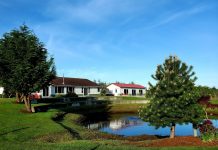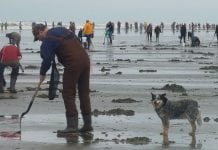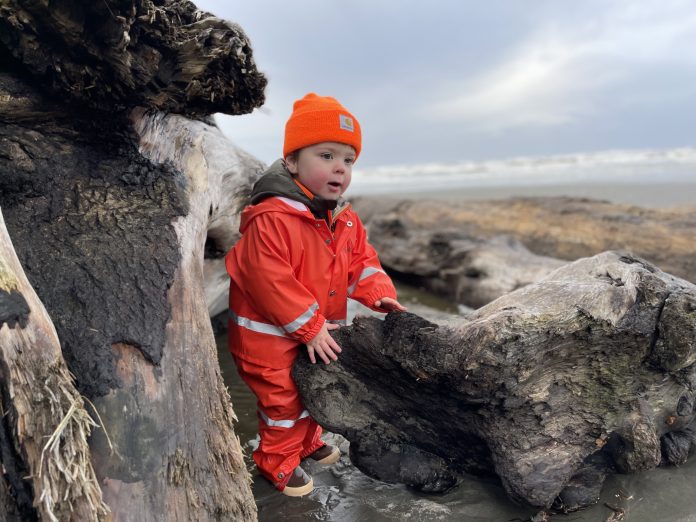
As one of the most diverse ecosystems in North America, a visit to our Olympic Peninsula ocean beaches is an opportunity for wonderment. From the intertidal life-forms visible in the tidepools, to the marine mammals and even the seabirds, the Olympic Coast National Marine Sanctuary designated by NOAA in 1994, offers a unique exploration into another world. Visit the website to learn more about the stories of cultural and historical intrigue including the hundreds of shipwrecks that are documented on our shores.
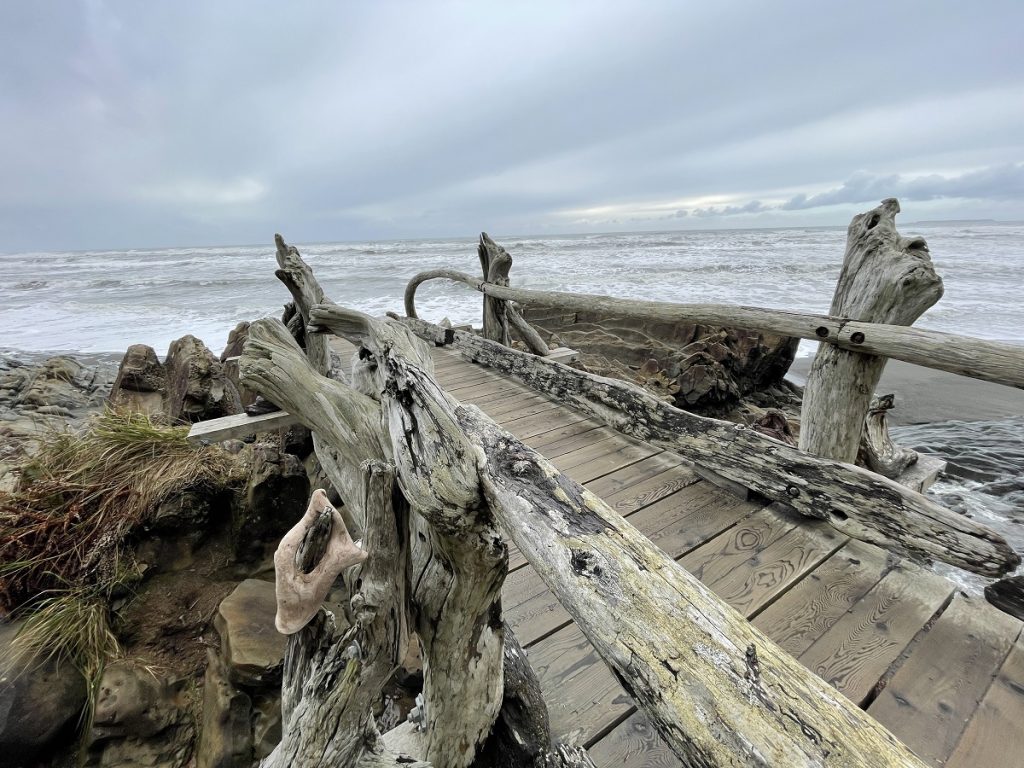
The Olympic Coast National Marine Sanctuary is one of 15 beloved areas that are protected within the network of the National Marine Sanctuary System, celebrating 50 Years of ocean conservation and stewardship. Many tourists visiting the Olympic Peninsula and Kalaloch beaches may not realize this connection and the resources available for nature discovery and engagement.
Visiting the Tidepools of the Kalaloch Beaches in the Olympic National Park
One of the most fascinating beach-day adventures is to witness the creatures and sea communities of low-tide. Tidepools can be observed typically two hours before and after low tide. Make sure to visit NOAA’s Tides and Currents page to plan ahead for the appropriate time of day for optimal viewing. While visiting the Kalaloch beaches located within the Olympic National Park, Beach 4 and Ruby Beach offer excellent tidepooling opportunities.
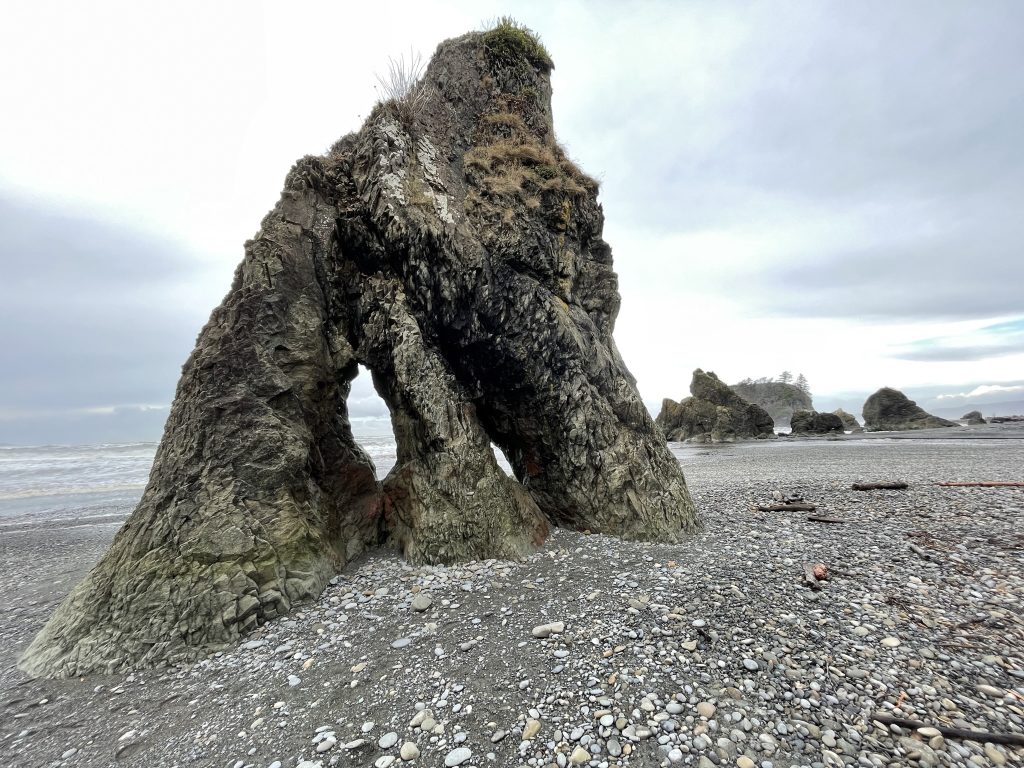
While planning your visit, download the Olympic Coast National Marine Sanctuary “Field Guide” for a detailed full-color photo chart of the marine animals to look for. To build excitement before your trip west to the coast, check out the Multimedia Gallery page with incredibly beautiful photos and video shorts that will inspire the imagination.
Where to Stay When Visiting the Olympic Coast National Marine Sanctuary
Located in the heart of the Olympic National Forest, the Kalaloch Lodge is centrally located between Beach 1 and Ruby Beach along highway 101. Book a weekend stay at one of their three lodging accommodations, which includes pet-friendly cabins overlooking the Pacific Ocean.
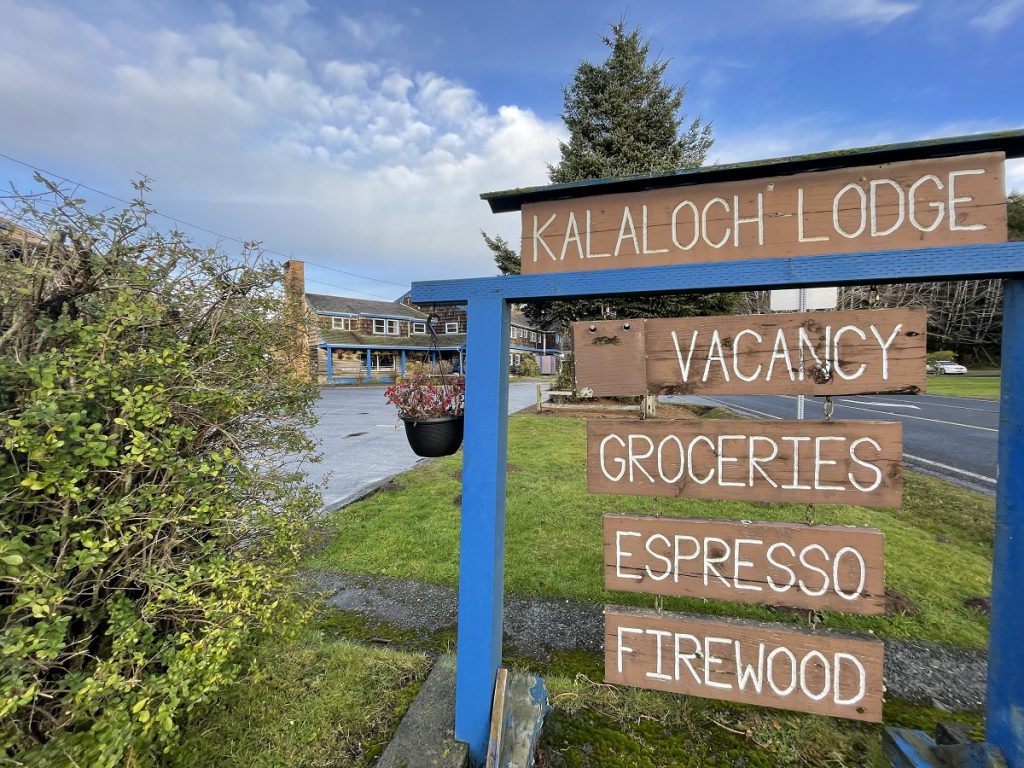
The Creekside Restaurant with panoramic views of the coastal waters provides local and seasonal cuisine, and there is a small general store and gift shop available for visitors. Jane and Lucas Shuler bring their two children every winter and stay in the Bluff Cabins at the Kalaloch Lodge. “It’s a family tradition, we always visit Ruby Beach and prefer the quiet of the off-season,” Jane shares.
For those who prefer the experience of car camping, Kalaloch Campground is located just a half-mile north of the Kalaloch Lodge. From the parking lot of the Kalaloch Campground, find the short trail to the beach and walk north to find the Tree of Life, also known as the Tree Root Cave. One of the special qualities about the Olympic Coast National Marine Sanctuary along the west coast of the Olympic Peninsula is that the waters, beaches and marine life are protected. Visitors will not see oil rigs in the ocean waters for example and there is great care given to our prestigious coastal lands.
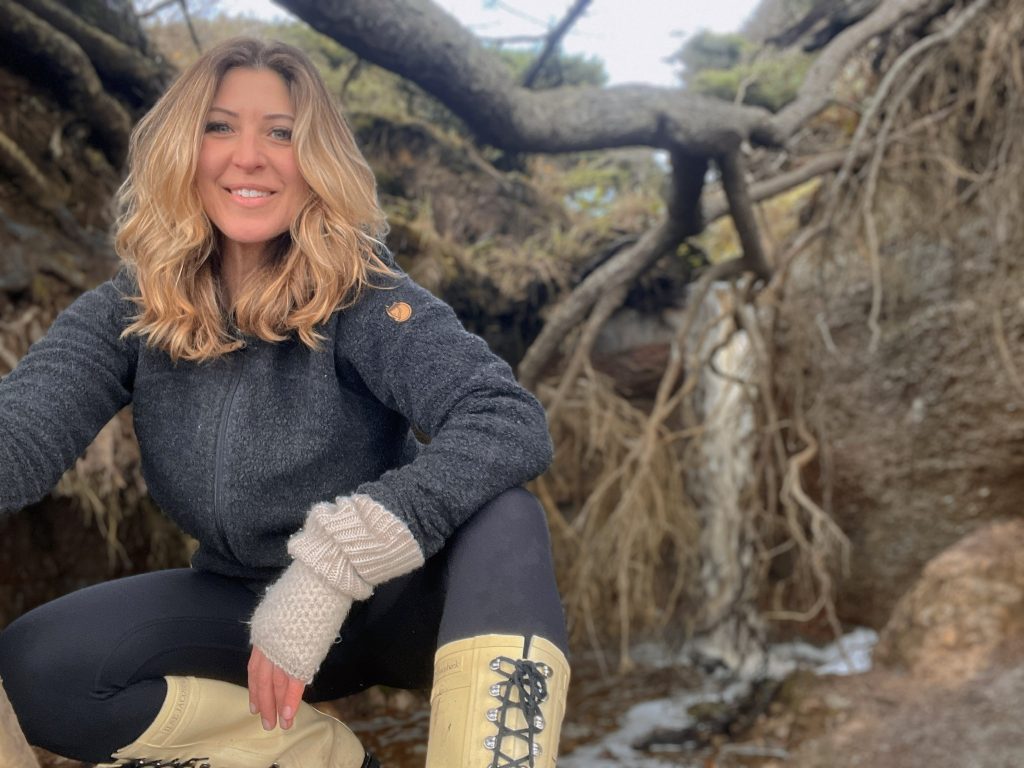
For more information on planning your coastal adventure, visit Enjoy Olympic Peninsula website.
The following beaches and accommodations are all located within the Olympic National Park and protected by the Olympic Coast National Marine Sanctuary:
Google Map to Kalaloch Campground
Google Map to Beach 4 (Also check out Beach 1, 2 and 3)
Sponsored















